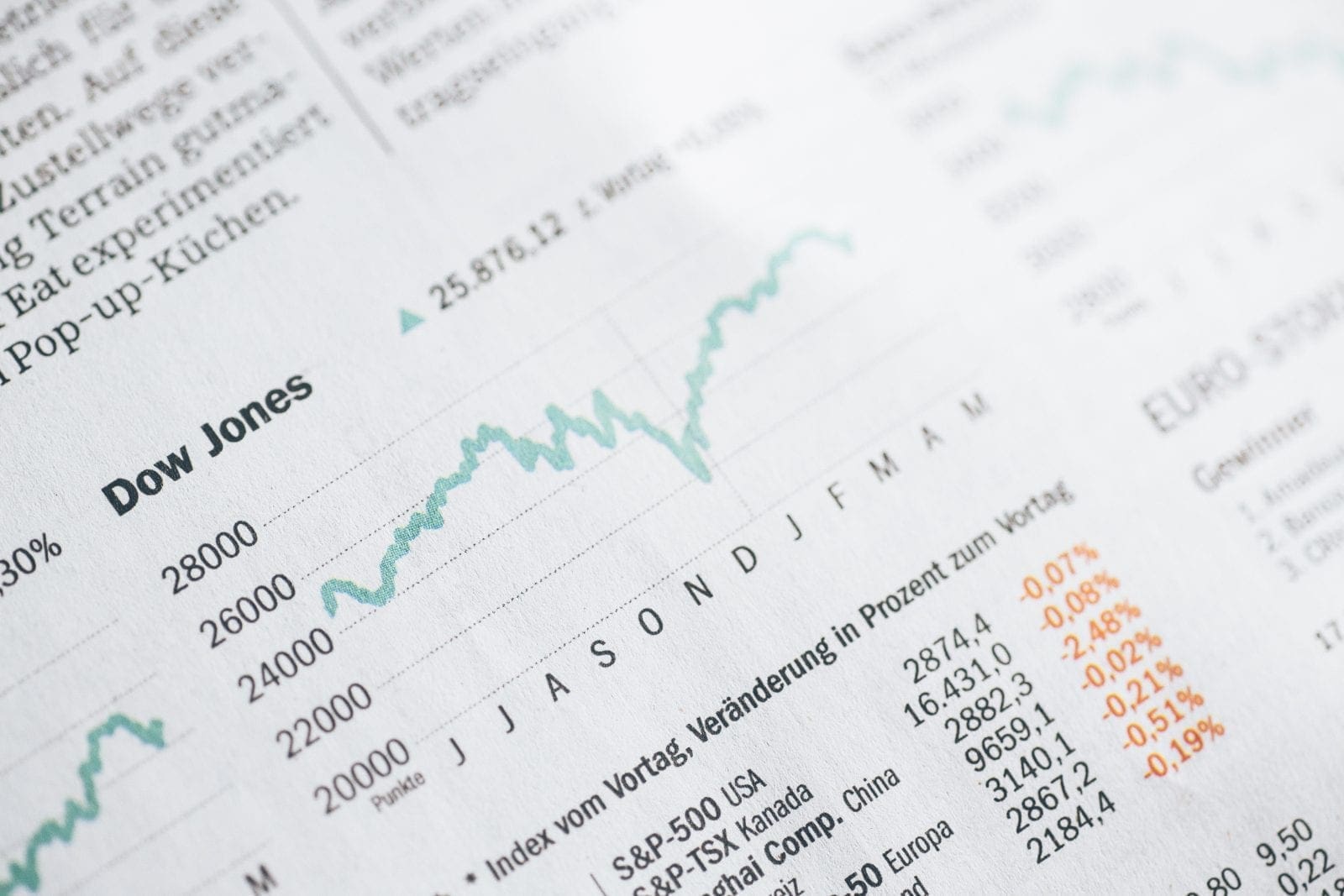
- The Dow Theory is one of the oldest and most famous technical theories.
- It was postulated by Charles Dow, the founder of Dow Jones Company in the late nineteenth century.
- It is a helpful tool for determining the relative strength of the stock market. It can also be used as a barometer of business.
- The Dow Theory is based upon the movements of two indices, constructed by Charles Dow, Dow Jones Industrial Average (DJIA) and Dow Jones Transportation
Average (DJTA). - The movements of the market are divided into three classifications, all going at the same time; the primary movement, the secondary movement, and the daily fluctuations.
- The primary movement is the main trend of the market, which lasts from one year to 36 months or longer. This trend is commonly called a bear or bull market.
- The secondary movement of the market is shorter in duration than the primary movement and is opposite in direction. It lasts from two weeks to a month or more.
- The daily fluctuations are the narrow movements from day to day. These fluctuations are not part of the Dow Theory interpretation of the stock market. However, daily movements must be carefully studied, along with primary and secondary movements, as they go to make up the longer movement in the market.
- Thus, the Dow Theory’s purpose is to determine where the market is and where is it going, although not how far or high.
- Charles Dow proposed that the primary uptrend would have three up moves,
- The first one being caused by accumulation of shares by the far-sighted, knowledgeable investors
- The second move would be caused by the arrival of the early reports of good earnings by corporations, and the last move up would be caused by widespread release of financial well being of corporations.
- The third stage would also see rampant speculation in the market.
Towards the end of the third stage, the far-sighted investors, realizing that the high earnings levels may not be sustained, would start selling, starting the first move down of a downtrend, and as the non-sustainability of high earnings is confirmed, the second move down would be initiated and then the third move down would result from distress selling in the market.

Be the first to comment